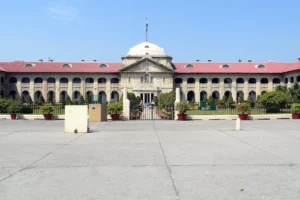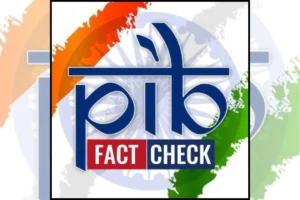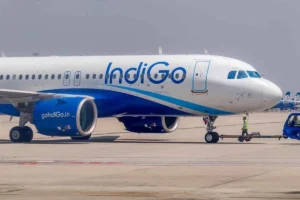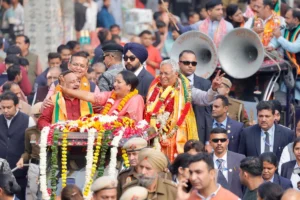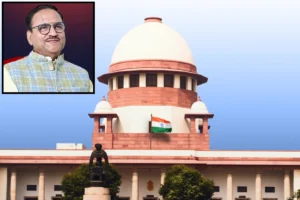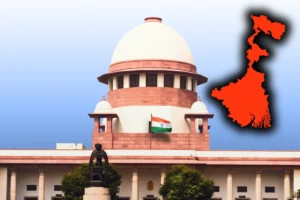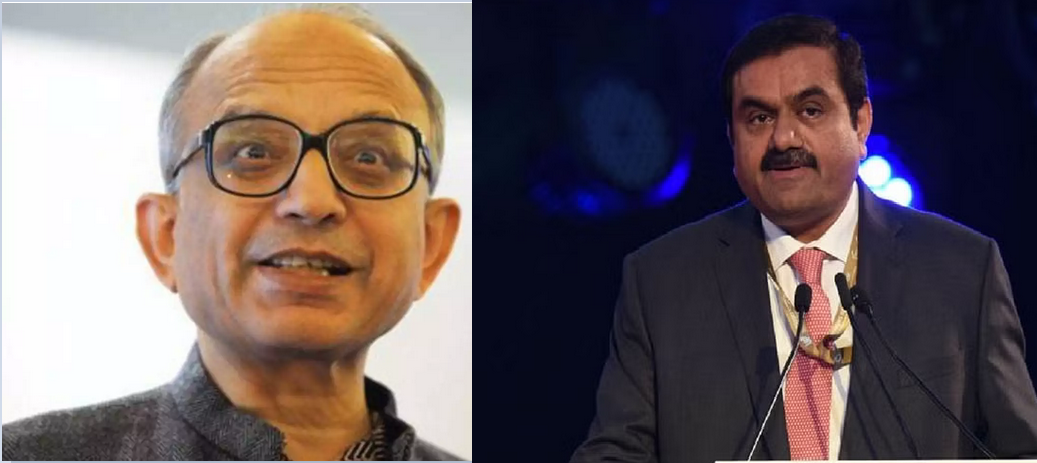
Hindenburg report might enforce the highly desirable financial discipline Adani needs
I give Swaminathan S. Anklesaria Aiyar’s articles considerable reading. He is able to provide a perspective that many people lose out on because he sees things not just through the lens of an economist, but also a journalist.
Aiyar contributes frequently to The Times of India and The Economic Times. Also, very few people are aware that he is Mani Shankar Aiyar’s older brother.
How Hindenburg may have saved Adani from self-destruction was the subject of an article by Aiyar that caught my notice this morning.
Aiyar begins the piece by describing his 2006 visit to the Mundra Port owned by Gautam Adani.
He claims that upon visiting Mundra port for research on a report on Gujarat’s new port-based development strategy, he was immediately impressed by its high level of automation and speed.
Chimanbhai Patel, the chief minister of the Congress party, introduced the port-based development strategy in the early 1990s, and BJP successors expanded on it.
Adani Ports has always provided financial compensation for any ship that was not allowed to dock or discharge on time.
That certainly was unique. Mundra seemed to be on another planet since, according to Aiyar, “I had witnessed ships wait 20 days for port entry while working in Bombay in 1990.”
The Adani firms are accused of widespread price fixing and fraud in the Hindenburg investigation.
In his article, Aiyar brought out a distinct but related issue.
Adani’s detractors claim that he amassed his wealth through political favouritism and influence rather than talent.
Aiyar, however, asserts that he absolutely rejects this clumsy explanation.
Aiyar contends that it is hard to rise from modest beginnings to third place globally [now, Adani is lower on the list] in 20 years without extraordinary commercial acumen.
Adani is allegedly the recipient of valuable assets from the BJP, including ports, mines, airports, and transmission lines.
Aiyar, however, notes that Adani was initially given permission by the government to run a small port in the Kutch desert without even a train connection. It was therefore almost remarkable that this desert area could become India’s largest port.
In competitive auctions, Adani defeated international behemoths like Maersk and Dubai World to win jetties and ports in a dozen other locales. He manages an estimated 25% of all freight in India, making him by far the best port operator in the country. He is now a national champion as a result.
In order to purchase vital jetties and ports in Israel and Sri Lanka, the government of India might be supporting him. Opponents describe this as a favour.
So, when did pouring billions of dollars into essential infrastructure projects turn into a form of political favouritism?
Adani will spend $750 million on the Sri Lanka terminal, while Haifa Port will spend $1.18 billion. Even if served on a platter, no Indian opponent would be willing to take such a big risk. Only because of his abilities, Adani is now more than just a successful businessman.
Ports are not cosy monopolies. To lure ships away from reputable rivals, it must compete on pricing and logistics. An industrial cluster has been established in the desert thanks to company investments in Mundra’s logistics. The largest automated coal handling facility in the world is there. Adani Ports and Special Economic Zone are ranked in the top 25% of all port companies worldwide, according to a 2017 Morgan Stanley analysis.
In India, effective management of manufacturing and politics are both necessary for corporate success. Every businessman is friendly with politicians. So even though it breaks some barriers and opens doors, this cannot ensure success. Rahul Gandhi frequently accuses Anil Ambani of receiving Rs 30,000 crore from defence contracts. Nonetheless, he has failed in the marketplace.
Following Dhirubhai’s example
Aiyar sees several parallels between Dhirubhai Ambani’s and Adani’s journeys. Dhirubhai was charged with political fraud and manipulation, just like Adani. But o ther businesses had courted politicians too. Many of whom had significant historical advantages. It took tremendous talent for a newbie like Dhirubhai to defeat the established giants at their own game. Adani fits a similar description.
Dhirubhai was more than a good manipulator. Manipulation during the licence-permit raj was unavoidable. But, after the economy was liberalised, he developed the greatest export-oriented oil refinery in the world, surpassing even Singapore’s renowned refineries in operating margins, demonstrating his international prowess. He also developed the most affordable telephone network ever. People who only pay attention to his manipulation miss the extraordinary abilities that made him a historical titan, flaws and all. Similar steps are being taken by Adani.
Aiyar disagrees with the detractors who claim that Adani primarily trades in infrastructure, where government favorability is more important than actual talent. The infrastructure boom of 2003–2008 attracted hundreds of new tycoons with significant regional political weight, yet despite having political patrons, many of them encountered difficulties. Many failed, leaving banks with huge obligations that had yet to be paid. Infrastructure success takes talent, not just political allies.
At his conclusion, Aiyar expresses further caution. He claims that Adani has been acquiring companies and diversifying its business at a fast pace while using borrowed funds and placing exorbitant bids. This allows for quick expansion but comes with significant risks. There are numerous examples in history of company titans who created massive conglomerates by diversifying wildly, enjoyed success for a while to everyone’s delight, but ultimately failed (like General Electric under Jack Welch).
Aiyar, therefore, believes that Adani may have benefitted greatly from the Hindenburg report. It will slow down his rate of growth and diversification and make his financiers more watchful and vigilant going forward. To Adani’s advantage, this might enforce the highly desirable financial discipline he needs. Aiyar claims that the Hindenburg may have prevented him from destroying himself.
It’s challenging to contest Aiyar’s theories. But, the lesson of Aiyar’s tale is that the Adani narrative is not a hoax. This is hardly a tale of overt political favouritism. The story begins in the early 1990s, when Congress was in charge of both the federal government and the state of Gujarat. All businesspeople mix and mingle with politicians. But it is sloppy and inaccurate to assume that one’s corporate success is solely the result of political favouritism. Like Dhirubhai, Adani, who has made it thus far thanks to his commercial savvy and project management skills. Adani might have racked up too much debt in his haste to grow too quickly. But beneath that debt are assets of the highest calibre. Like Aiyar, I think Adani will come out of the Hindenburg saga even stronger.









